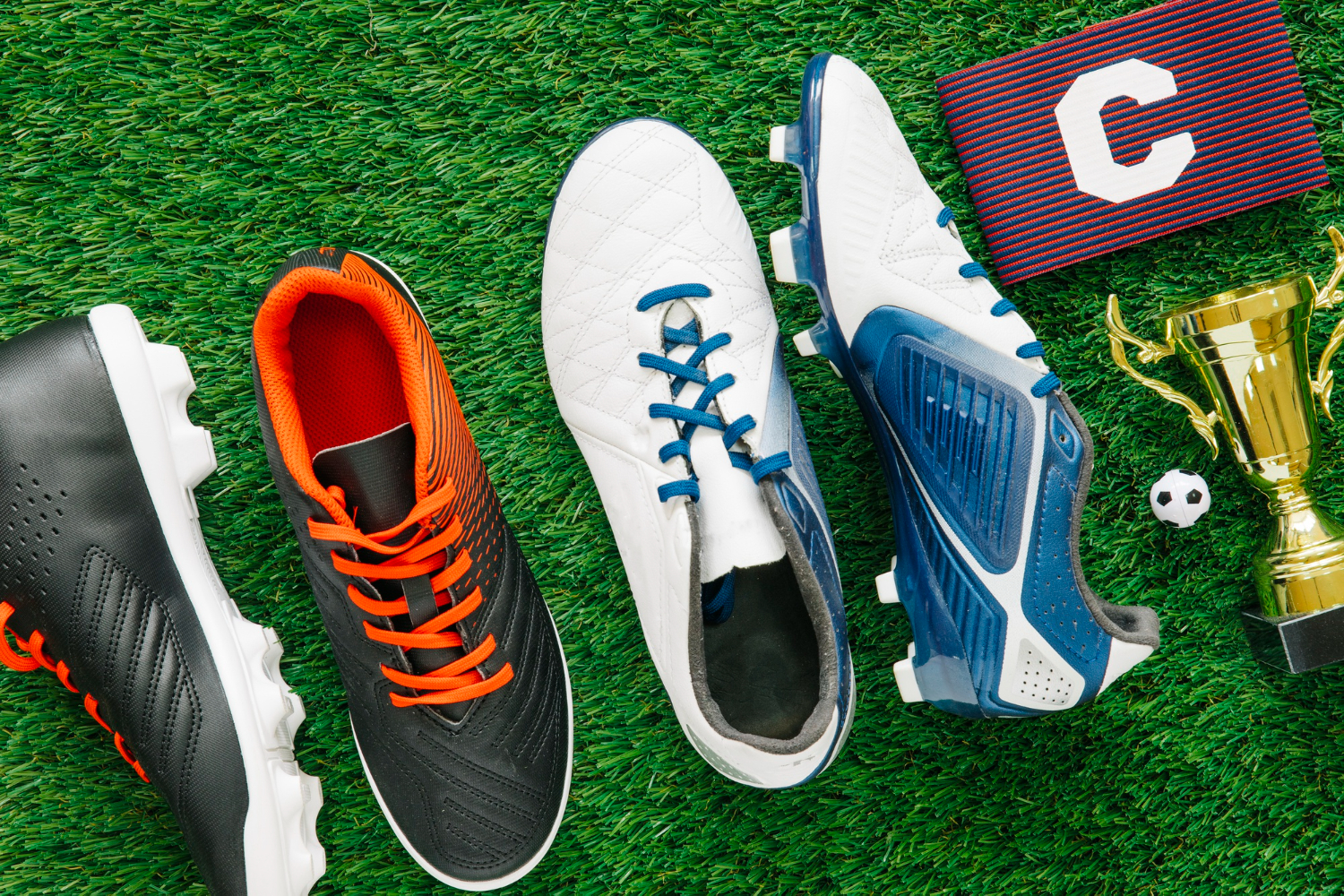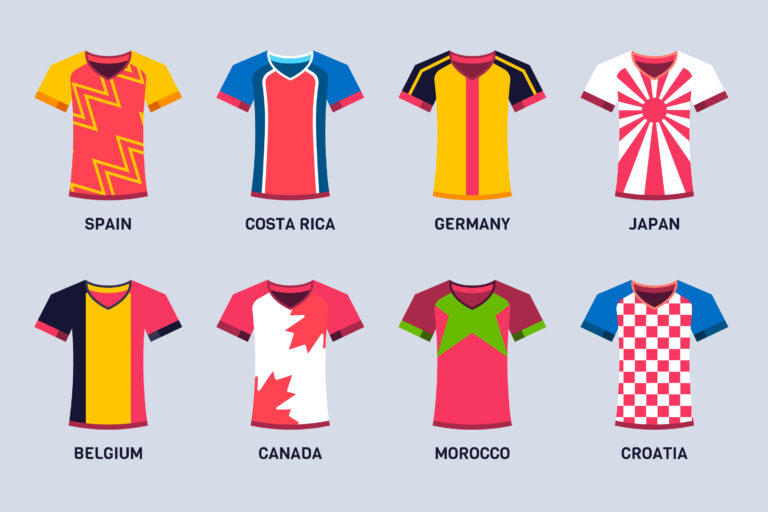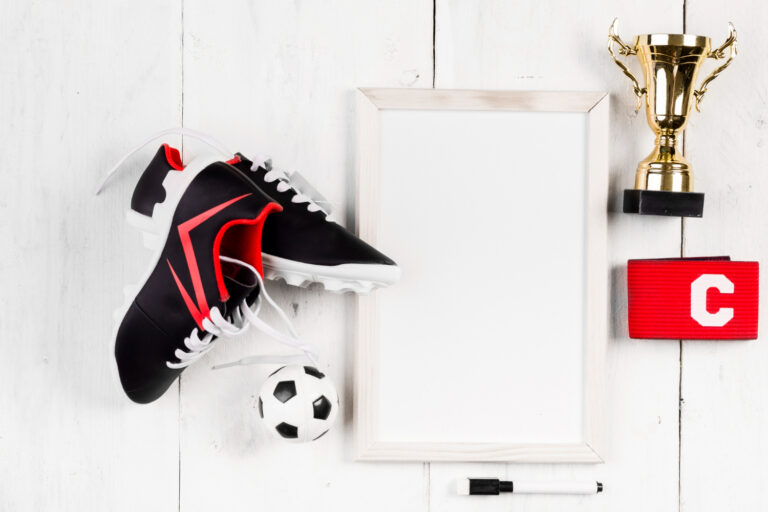The Evolution of the Football Boot
Football boots weren’t always the sleek, performance-enhancing weapons we know today. They’ve come a long way from their rugged, clunky beginnings. If you walk into any sports store now, you’re surrounded by a dizzying array of boots, some designed for speed, others for control, and some crafted with futuristic technology. But how did we get here? What was the journey like from leather clogs to modern-day marvels?
Let’s take a deep dive into the evolution of the football boot, from its muddy origins to today’s high-tech game-changers.
The Humble Beginnings: 1800s Leather Work Boots
Back in the mid-to-late 19th century, footballers didn’t have specialized gear. Most players wore their everyday work boots to kick a ball around. These boots were heavy, made of thick leather, and extended above the ankle to offer some protection. But they were never intended for sport. They were clunky, waterlogged easily, and certainly not built for speed.
As football became more organized in the late 1800s, players began nailing small metal studs into the soles to improve grip on wet pitches. It was a rudimentary fix, but it marked the first real adaptation of footwear for the game. There were no standardized sizes, weights, or materials. You played in whatever gave you the most traction, and sometimes, that meant modifying your boots yourself.
1900s to 1940s: The Rise of Purpose-Built Boots
By the early 20th century, companies started designing boots specifically for football. These were still made of heavy leather and covered the ankle, but they were built with the game in mind. They offered more durability and slightly better mobility.
The boots remained relatively consistent through World War I and World War II. Soldiers in some armies even used football matches as morale boosters, and military suppliers started producing simple leather boots that were good enough for a muddy pitch. However, in terms of performance, they were still a far cry from today’s models. These boots prioritized protection over agility and weighed a ton, especially when soaked with water.
The 1950s: Enter the Low-Cut Revolution
Everything changed in the 1950s with the emergence of low-cut boots. A German company, Adidas, played a pivotal role in this transformation. Recognizing the need for greater mobility, they ditched the ankle-high design and introduced boots that allowed players more freedom of movement.
Adidas didn’t stop there. They innovated further by developing replaceable screw-in studs. For the first time, players could adjust their boots to match the pitch conditions. Wet and muddy day? Use longer studs. Dry and firm pitch? Shorter ones did the trick. This change had an enormous impact on performance, especially in major competitions.
One iconic moment came in the 1954 World Cup final, where the West German team, equipped with Adidas’ interchangeable stud boots, defeated a heavily favored Hungarian side. The Germans adjusted their studs mid-game to cope with a sudden downpour, while the Hungarians slipped and struggled.
The 1960s and 70s: Leather Innovation and Brand Rivalries
The 60s and 70s saw brands begin to compete aggressively over materials and comfort. Kangaroo leather, known for its softness and durability, became popular. Boots became more form-fitting and less clunky. Brands like Puma and Adidas started introducing boots tailored for different positions and playstyles.
Puma, in particular, made waves with players like Pelé donning their boots in global tournaments. The aesthetic of the football boot also began to evolve, black was still dominant, but white stripes, logos, and eventually, different colors began appearing.
During this period, boots still didn’t have the advanced cushioning or support systems we see today, but the seeds of performance-specific design were clearly being planted.
The 1980s: Technical Refinement and Cultural Impact
The 1980s were all about refining the football boot. The idea wasn’t just to improve traction and comfort, but to influence the ball itself. Adidas introduced the Copa Mundial in 1982, a boot that quickly became legendary. Crafted from kangaroo leather, it offered unmatched touch and responsiveness. Many pros swore by it, and it’s still in production today.
The decade also marked the beginning of the football boot as a cultural symbol. Endorsements, TV ads, and limited editions began creeping in. Players like Diego Maradona and Michel Platini had their boots become iconic in their own right. Boots started to signify more than just function, they reflected personality, playing style, even national pride.
The 1990s: The Power Era and Bold Design
By the 1990s, football was going global like never before. This era saw a burst of innovation that changed how players interacted with the ball. Adidas again led the charge with the Predator, first released in 1994. This boot had rubber fins on the upper to enhance swerve and power, changing how players took free kicks and long-range shots.
Nike entered the football boot scene in the 90s and brought its flair from basketball and running. With boots like the Mercurial, introduced in 1998, Nike prioritized speed, lightness, and flash. Ronaldo (the Brazilian one) debuted the Mercurial in the World Cup, showcasing a silver-and-blue colorway that was radical at the time.
Color exploded in the 90s. No longer confined to black and white, boots came in silver, red, neon green, even gold. Players began expressing themselves through their boots, and fans followed suit. Suddenly, your boots said as much about you as your haircut or jersey.
The 2000s: Lightweight Performance and Personalization
Football boot development in the 2000s focused on reducing weight and enhancing precision. The Adidas F50 series and Nike Mercurial Vapor line battled it out for supremacy in the lightweight category. Boots became thinner, sleeker, and more aerodynamic. Materials like microfiber replaced traditional leather, making boots lighter and faster to dry.
At the same time, customization entered the picture. Players could now have their names, numbers, or country flags stitched into their boots. Brands introduced online platforms allowing consumers to create their own colorways and combinations. The boot became more than just footwear, it was a personal statement.
Even goalkeepers and defenders had boots tailored to their roles. No longer were boots “one size fits all.” Instead, strikers, midfielders, wingers, and defenders each had options that catered to their specific movements, grip, and control needs.
The 2010s: Sock Boots, Flyknit, and the Battle of Innovation
This decade saw perhaps the most radical changes in football boot design. The lines between shoe and sock began to blur. In 2014, Nike introduced the Magista, the first high-top football boot with a sock-like collar made from Flyknit material. Adidas soon followed with the Ace and X models, also featuring knitted uppers.
Flyknit and Primeknit materials offered snug, second-skin fits that adjusted to a player’s foot in motion. The objective was clear, provide barefoot-like control with maximum comfort. These designs also reduced the need for tongue sections, streamlining the boot’s shape and weight.
The idea of laceless boots became mainstream as well. Adidas’ PureControl line eliminated laces entirely, focusing on a cleaner strike zone and tighter lockdown.
Performance tracking tech also crept in during this era. Smart boots equipped with chips began recording player movements, speeds, and touches, data that could be analyzed by coaches and players alike.
The 2020s and Beyond: Sustainability, Tech, and Performance
Now we’re in an era where performance, technology, and environmental impact intersect. Companies are investing in boots made from recycled materials without compromising on performance. Adidas’ Parley boots, made from recycled ocean plastics, are a step toward greener gear.
Meanwhile, smart insoles and motion-tracking technologies continue to evolve. We’re looking at a future where a coach can pull up a player’s movement heatmap mid-match, based on data from their boots.
Performance-wise, boots now offer zoned control surfaces, lightweight carbon-fiber plates for propulsion, and grip-enhancing textures that fine-tune how the ball spins off your foot. Every element, from stud configuration to heel cushioning, is being engineered to perfection.
The aesthetics have also taken a sci-fi turn. Chrome finishes, translucent uppers, even glow-in-the-dark designs have entered the fold. The boot has officially become a canvas of culture, design, and innovation.
Conclusion
The football boot’s transformation mirrors the evolution of the sport itself, from its muddy, informal origins to the global spectacle it is today. What began as a modified work boot has become a marvel of design, biomechanics, and even sustainability.
Today’s boots aren’t just tools; they’re extensions of the player, enhancing every touch, sprint, and strike. And as football continues to evolve, so too will the boots, shaped by a blend of tradition, science, and flair.
Whether you’re lacing up in a local league or watching the pros dance across pristine pitches, every boot tells part of football’s rich, ever-evolving story.







